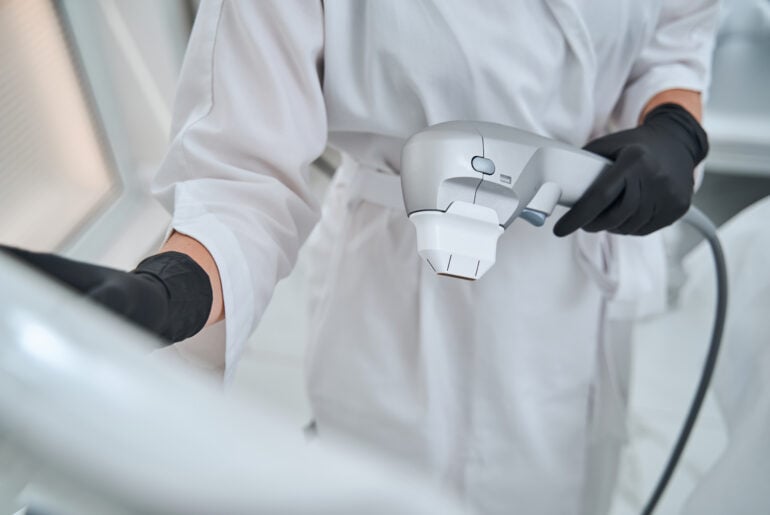The European Union Imposes Restrictions on Chinese Medical Devices in the European Market

Title: The European Union Imposes Restrictions on Chinese Medical Devices in the European Market
The European Union (EU) has recently announced a series of restrictions on the import and sale of Chinese medical devices within its member states. This move is part of a broader strategy to ensure the safety, quality, and reliability of medical products available in the European market, while also addressing concerns over regulatory compliance and market fairness.
**Background and Rationale**
The EU’s decision to impose restrictions on Chinese medical devices stems from several factors. Primarily, there have been growing concerns about the quality and safety standards of some imported medical devices. The EU has stringent regulations in place to ensure that all medical devices meet high safety and performance standards, as outlined in the Medical Device Regulation (MDR) and In Vitro Diagnostic Regulation (IVDR).
Recent inspections and evaluations have revealed that some Chinese manufacturers have not consistently met these standards, leading to potential risks for patients and healthcare providers. Furthermore, the EU is keen on maintaining a level playing field for all manufacturers, ensuring that European companies are not disadvantaged by competitors who do not adhere to the same rigorous standards.
**Key Restrictions and Measures**
The new restrictions focus on several key areas:
1. **Enhanced Compliance Checks**: Chinese medical device manufacturers will be subject to more stringent compliance checks. This includes thorough inspections of manufacturing facilities and detailed evaluations of product documentation to ensure adherence to EU standards.
2. **Certification Requirements**: All Chinese medical devices entering the EU market must obtain certification from recognized European notified bodies. This process involves rigorous testing and validation to confirm that the devices meet all necessary safety and performance criteria.
3. **Supply Chain Transparency**: Manufacturers are required to provide detailed information about their supply chains, including the sourcing of raw materials and components. This measure aims to increase transparency and traceability, ensuring that all parts of the device comply with EU regulations.
4. **Market Surveillance**: The EU will enhance its market surveillance activities to monitor the performance and safety of Chinese medical devices already in circulation. This includes random audits and post-market evaluations to quickly identify and address any issues that may arise.
**Impact on the Market**
The restrictions are expected to have a significant impact on the European medical device market. Chinese manufacturers will face increased costs and administrative burdens to comply with the new regulations, potentially leading to higher prices for their products. Some companies may choose to withdraw from the EU market altogether if they find the compliance requirements too onerous.
For European manufacturers, the restrictions could provide a competitive advantage, as they are already accustomed to meeting the stringent EU standards. This may lead to increased market share for European companies, as well as potential opportunities for collaboration with compliant international partners.
**Conclusion**
The EU’s decision to impose restrictions on Chinese medical devices reflects its commitment to ensuring the highest standards of safety and quality for medical products within its market. While the new measures may pose challenges for Chinese manufacturers, they also underscore the importance of regulatory compliance and market fairness. As the global medical device industry continues to evolve, adherence to rigorous standards will remain a critical factor in maintaining trust and confidence among consumers and healthcare providers.